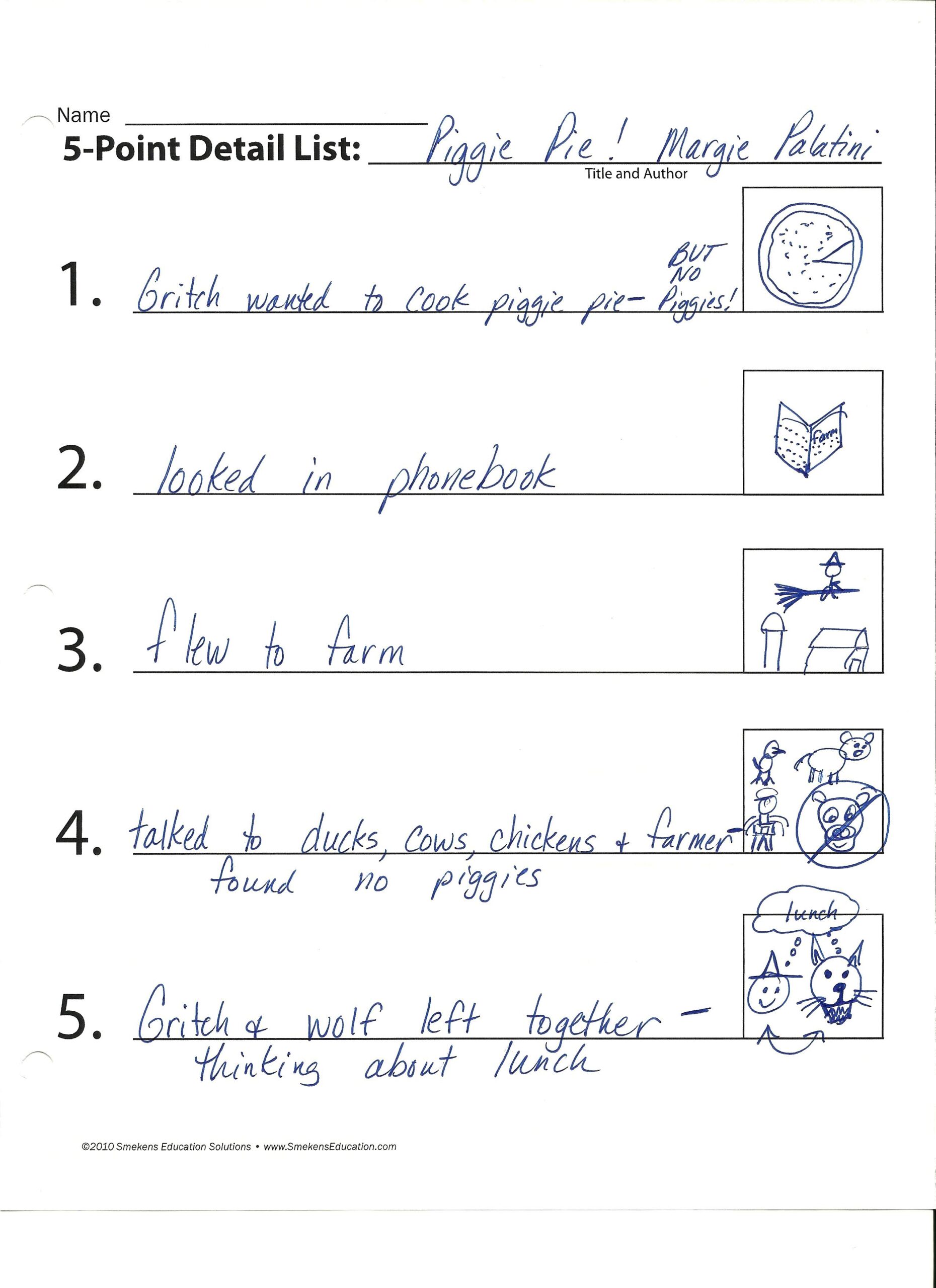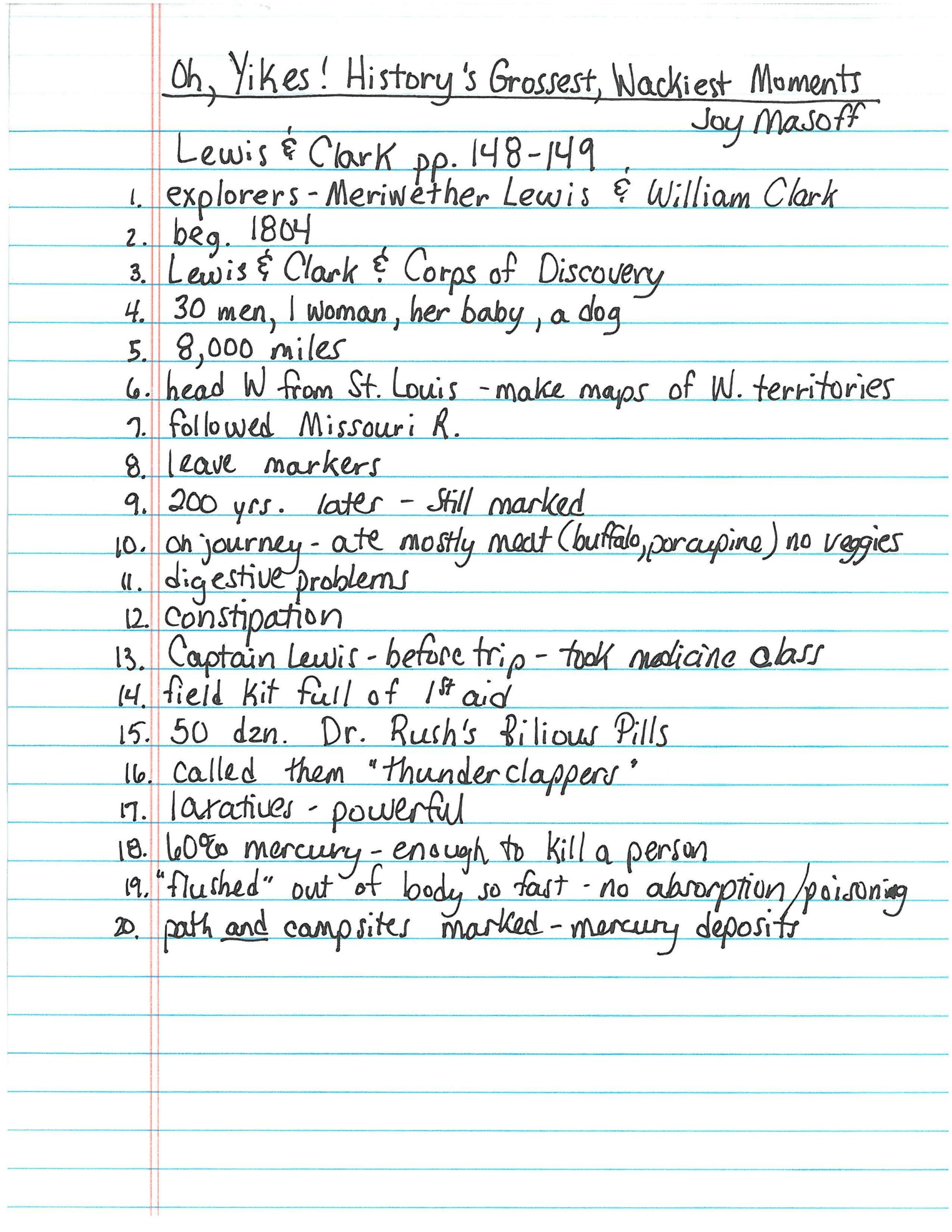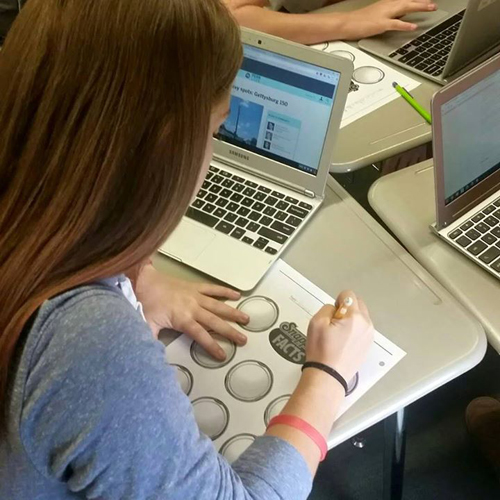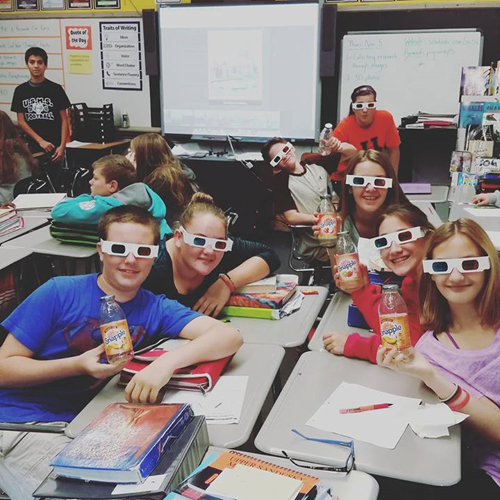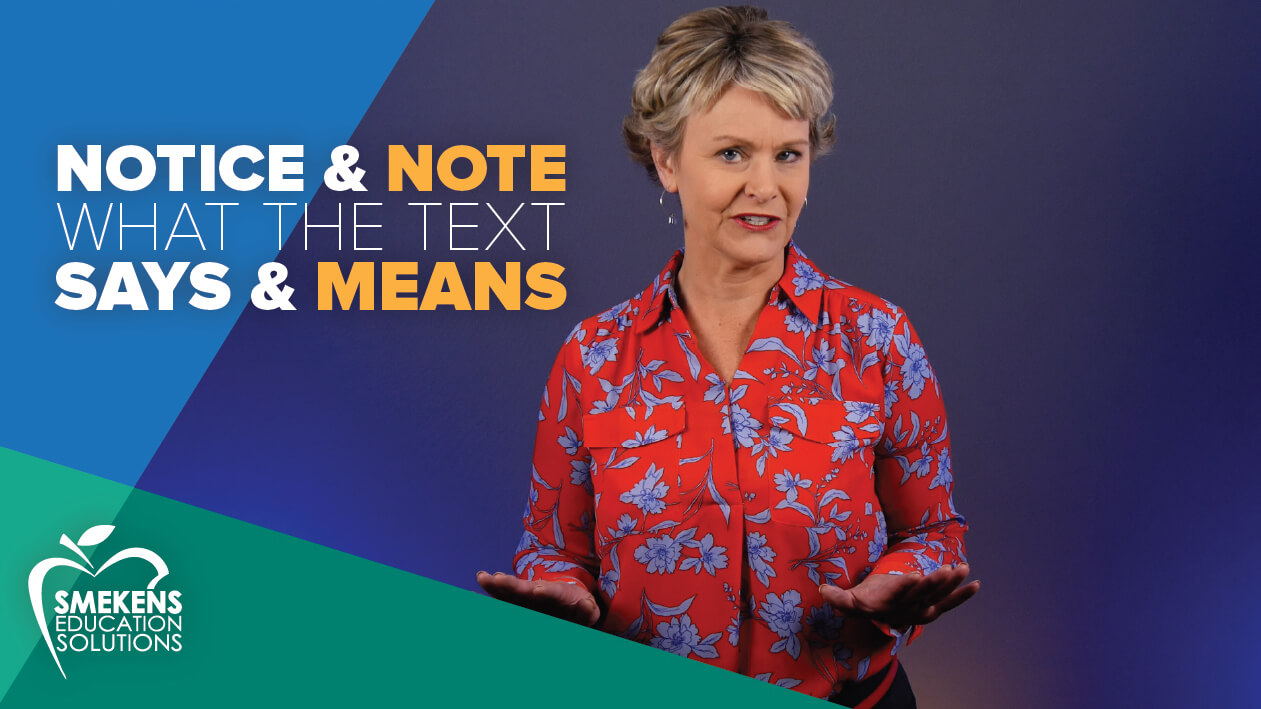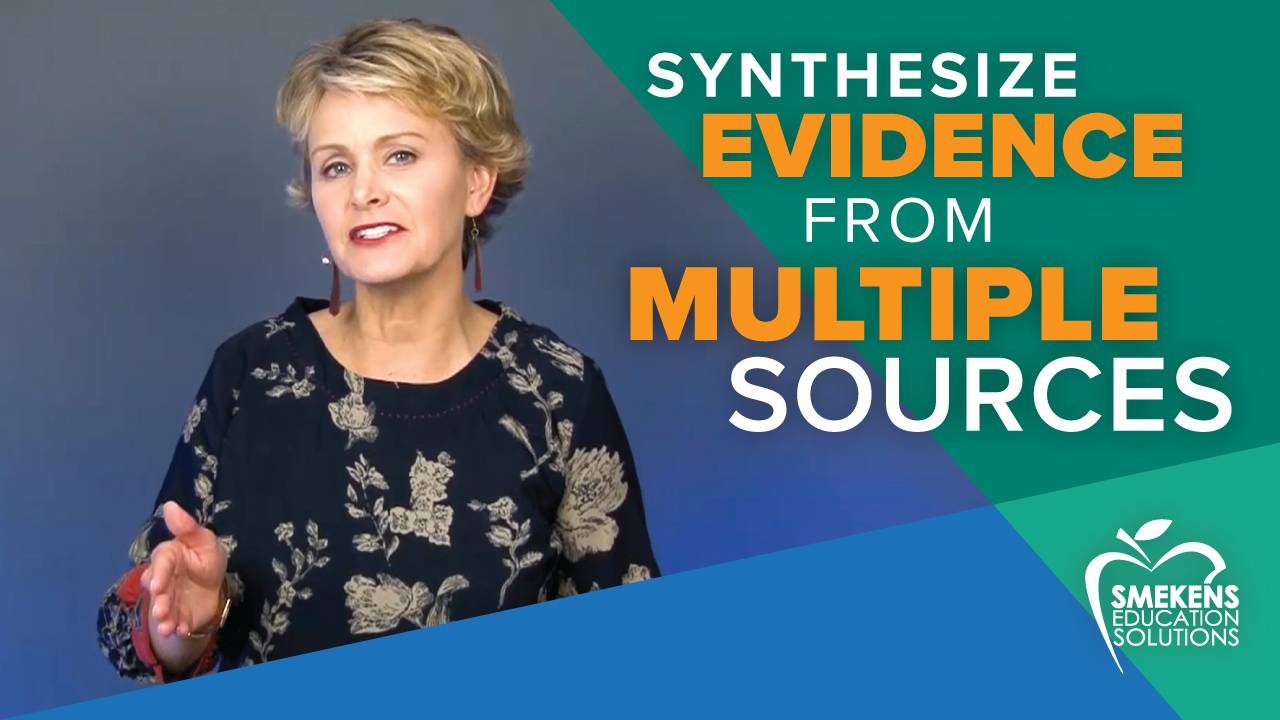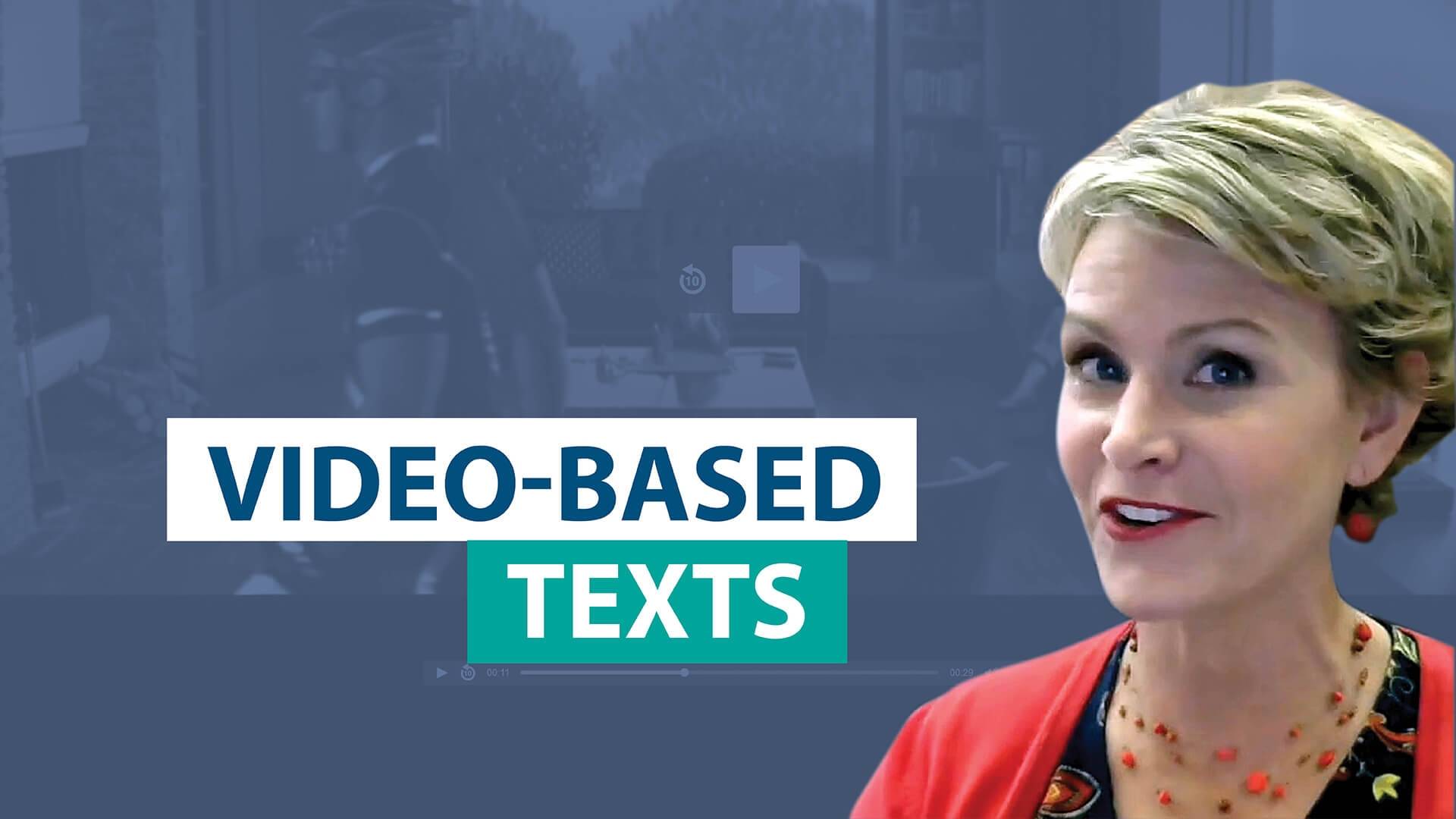Learning Center
Collect Snapple Facts—but focus on the important
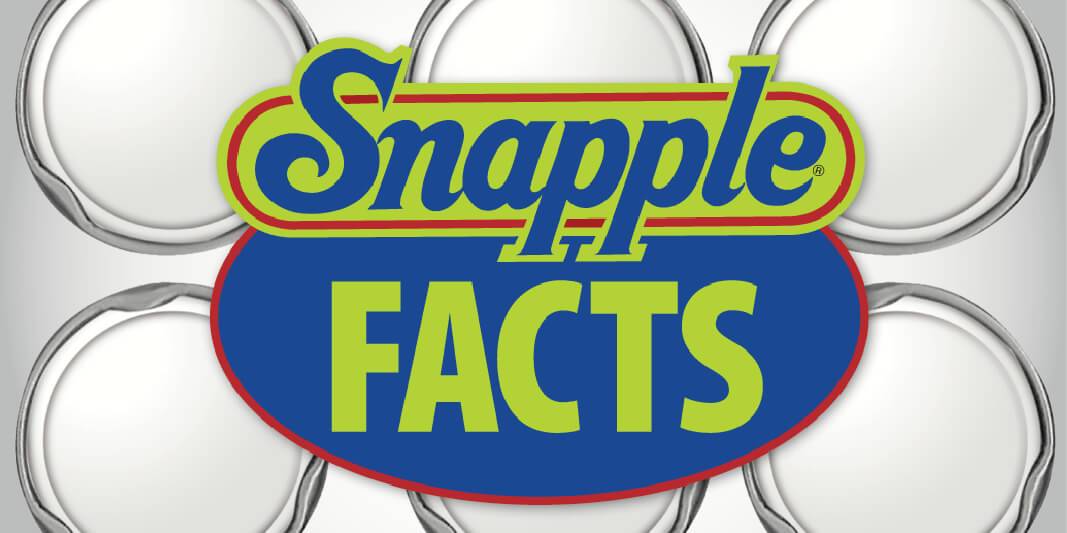
Whether collecting information to write a report or simply taking notes, students often disregard important facts as they read through their sources. Rather than focus on the important, they pursue the interesting.
To address this issue, provide direct instruction on how to discern the difference between important facts and interesting details. Then model how to weave the interesting and the important within informative writing.
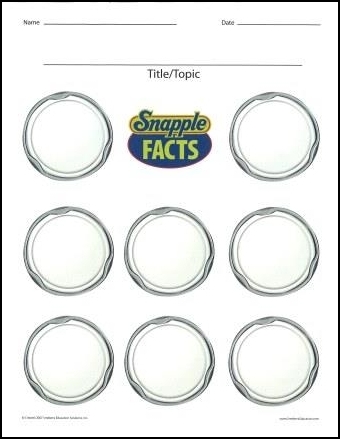 The idea of interesting details can be introduced using Snapple Facts. Underneath each lid is a Real Snapple Fact.
The idea of interesting details can be introduced using Snapple Facts. Underneath each lid is a Real Snapple Fact.
Julie Meitzler read several Snapple Facts to her Bluffton-Harrison (Bluffton, IN) fourth graders. Afterwards, Julie and her students determined that Snapple Facts are interesting and unique, offering odd, unusual, extraordinary bits of information. This is her hook before having students start their own content-area research project.
The graphic organizers listed below offer several ways to take note of those interesting details.
Collect the interesting—but keep it separate
We want students to find the most important points stated by the author in order for them to be able to summarize a text as well as to discern its main idea(s). However, students often struggle to distinguish between information that is important and information that is merely interesting.
Rather than have students ignore the facts that pique their interest, leave room for the interesting—but keep it separate. While they’re note-taking, have students note intriguing details separate from their most important points. This helps them to discern the difference between important and interesting. It forces them to be choosy and intentional about where they note the details.
Use the 5-Point, 10-Point, and 20-Point Detail Lists provided below to highlight this idea of creating a narrow list of the most important details.
have students recall the most important details learned from a nonfiction text. Students look for important information and jot specific details on the numbered lines in the same order they are found within the reading without looking back at the passage.
Students tend to look for important information and jot specific details on the numbered lines in the same order they are found within the reading. But with the 5-Point, 10-Point, or 20-Point lists, students must select only the most important. They have to choose not to note some details.
Eighth-grade teacher Erica Shadley wanted her Upper Sandusky Middle Schoolers (Upper Sandusky, OH) to conduct a mini-research project using the Snapple Facts concept. Although Shadley didn’t have actual drink caps, she revealed several examples from the Snapple Real Facts website. Once they understood what “interesting research facts” included, students then looked up Civil War Snapple Facts using their Chromebooks and noted them on the provided handout. The following day, Erica transitioned her students from researching print text to analyzing visual text. They learned to research and collect additional Snapple Facts from 3-D images of the Civil War. The addition of 3-D glasses made the activity fun and engaging.

